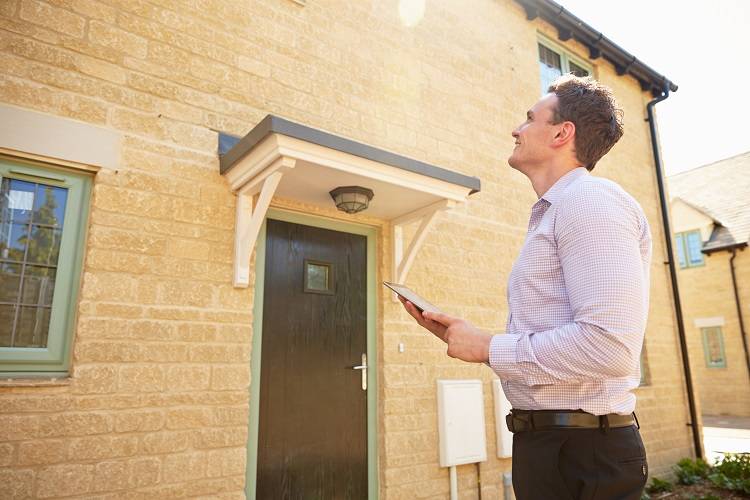

A property analyst has called it a “fool’s errand” to pick real estate hotspots based on population growth.
Simon Pressley, head of research at property investment advisory firm Propertyology, said too much faith was placed in population growth as a lead indicator of rising property markets.
The comments came after figures from the Australian Bureau of Statistics (ABS) projected the nation’s population would reach 50 million in the next 50 years.
The ABS figures were published for every state, splitting up Australia’s eight capital cities from ‘the rest of the state’.
Pressley said, “Completely contrary to what the vast majority of people believe, property prices are not all about population growth. To be frank, when picking locations to invest in I place zero weighting on population projections.”
“Aside from cries of ‘Where will they all fit?’, population projections often create heightened interest from avid property investors who feel these numbers provide valuable insights in to the best property markets of tomorrow.
“Population growth data is, in truth, a lagging indicator and is a by-product of factors such as swings in employment opportunities, affordability, varying lifestyle choices, and immigration policy.”
According to the ABS figures, Sydney will be as big as London is today in 30 years, reaching nearly 7.5 million in 2037 and more than 11.2 million in 2066.
The figures also show Melbourne will overtake Sydney as the biggest city in 2031.
Looking at the whole country, Australia’s population will double over the next 50 years.
Pressley said it didn’t take much to demonstrate why relying on population numbers was an unreliable way to predict price growth.
He added, “Why is it that, in 2018, the year directly after consecutive years of all-time annual population growth records were broken in Sydney and Melbourne, the value of a typical house declined by $90,000 and $40,000 respectively?
“If they were, how does one explain the rollercoaster annual changes in Sydney’s median house price, and every location in Australia, from one year to the next, even though the annual population changes are relatively smooth?”
Pressley said many of Australia’s best-performed property markets over the last year had population growth rates well below the national average, such as Ballina, Berri, Lismore and Forbes.
He said that Australia’s third oldest city, Launceston, is arguably the hottest property market in the country at the moment, yet its population only increased by 0.2% last year.
He added, “The northern New South Wales regional town of Moree Plains saw property prices rocket by an incredible 28.1% yet their population declined by 182 to 13,408 people.”
Pressley said actual population growth, as opposed to projections, does play a role in property prices, but it was just one factor.
He said, “Those who obsess about population data being the investor’s panacea risk setting themselves up for disappointment.
“It’s far from the most important factor which influences rises and falls in property prices.
“Demand is made up of multiple factors. Supply also has several key influences. And one should not underestimate the influence of sentiment.
“There are many, many dots to join when one tries to forecast future property price changes.”
